Weird Drawings
Also...our lawyers wanted us to mention the previous statement is a work of fiction and no chipmunks were harmed while making architectural diagrams
Conduit's Architecture
As we've mentioned Conduit runs on a micro-service-based architecture. This is done to accomplish 2 things:
- To allow for individual scaling of each service so that you can account for different traffic patterns in your application.
- So that you can spin-up and down the services you actually need without having to host all of Conduit's features
if they are not required for your use-case. For example, you could use only
Authentication,DatabaseandCoreif you want Conduit to only handle User authentication for you. Don't want the admin panel? Just don't spin it up.
Core Structure
For our next magic trick we're going to render a png, observe:

So what you can see here, is that Conduit Core, consists of Admin and Config and of course the Core
package. The Core package is simply a glue, that along with the Commons package you'll see in our repo,
make sure that Admin and Config start successfully and are ready to handle requests.
Requests get forwarded to each module (eg: Authentication) through either Admin on Router,
depending on whether it's an administrative or application request.
The config package handles configuration storage and serves as the service registry of every Conduit cluster.
It knows where everyone is, if they are online, currently serving etc.
Both Router and the Admin, have separate gRPC functions that handle route registration from modules.
At the end of a module's registration process, all routes are declared to either one of the above.
Application-level requests pass through Router's security package, enforcing rate-limiting and
optionally performing client id/secret verification checks.
General Architecture
Enter magic rendering number 2:

The rest of Conduit's architecture is rather straightforward.
All modules communicate with Core AAAAND with each other.
Modules generally follow these lifecycle steps:
- Connect to Core's gRPC server
- Get your configuration from the Config service
- Spin up your own gRPC server to handle requests (optional)
- Register as a module giving the module's name and exposed address (IP:PORT or URL)
After that each module can register Routes either to the Router (for client-facing endpoints)
or to the Admin (for admin-facing endpoints).
Modules communicate with each other through gRPC without needing to go through the Core module.
The Core module publishes module changes as they happen, so if for instance one module is de-activated,
all others are informed about this instantly.
The Grpc-SDK JS library we've created handles all of that automatically, by listening for these updates an initializing connections to other modules you need as they become available.